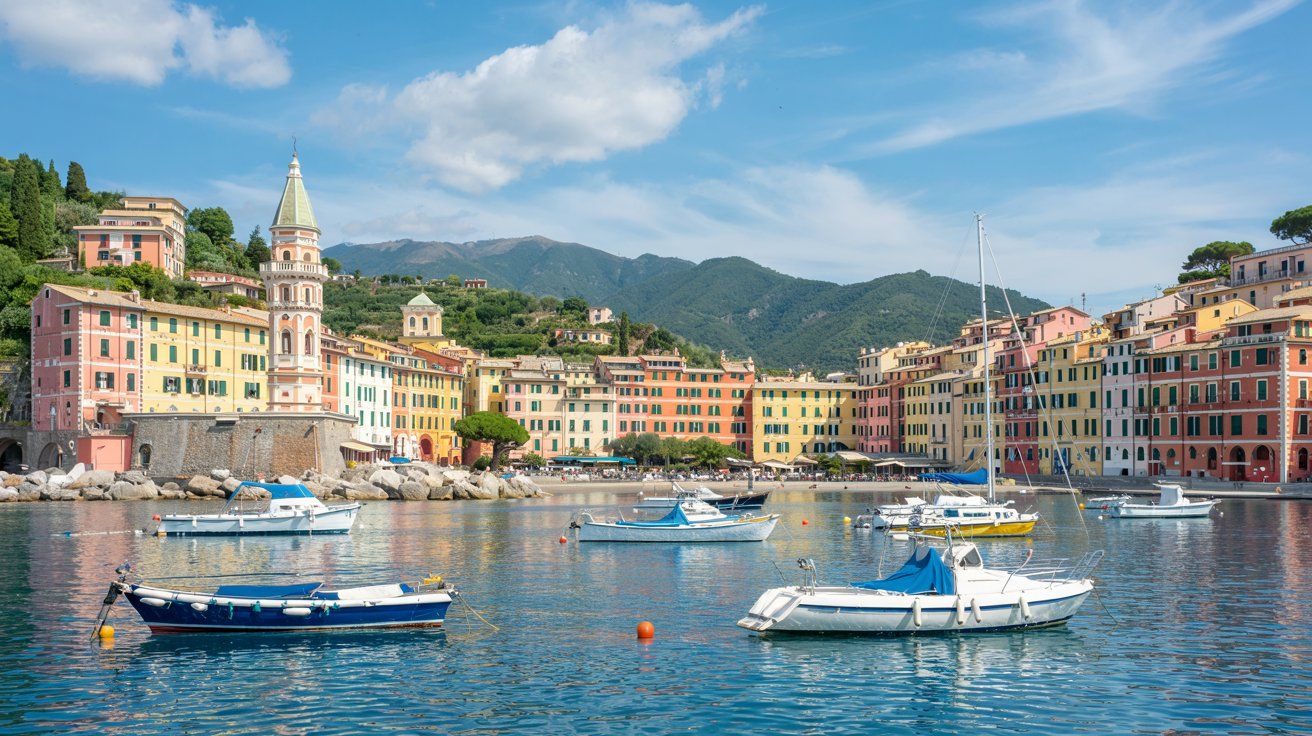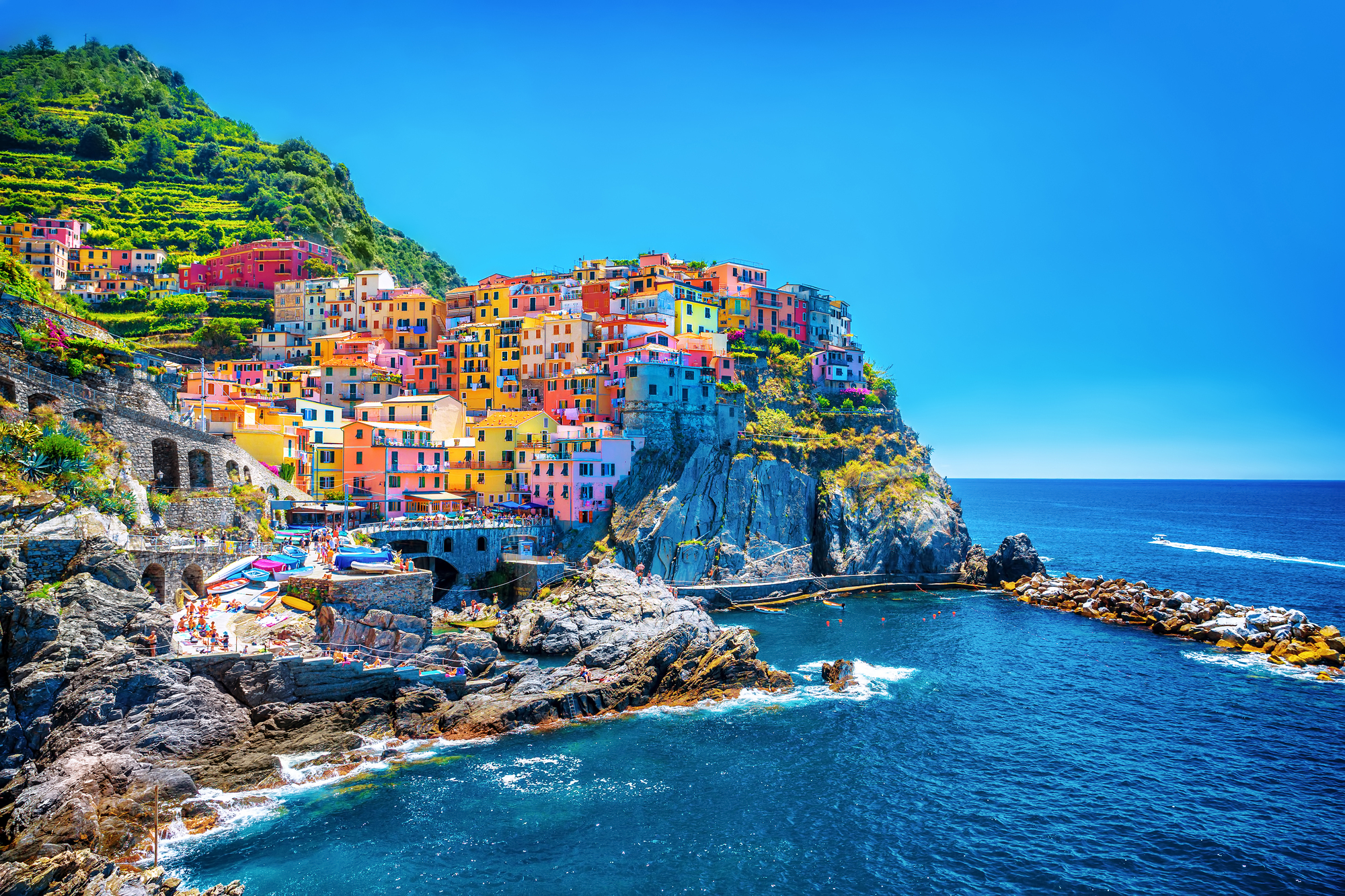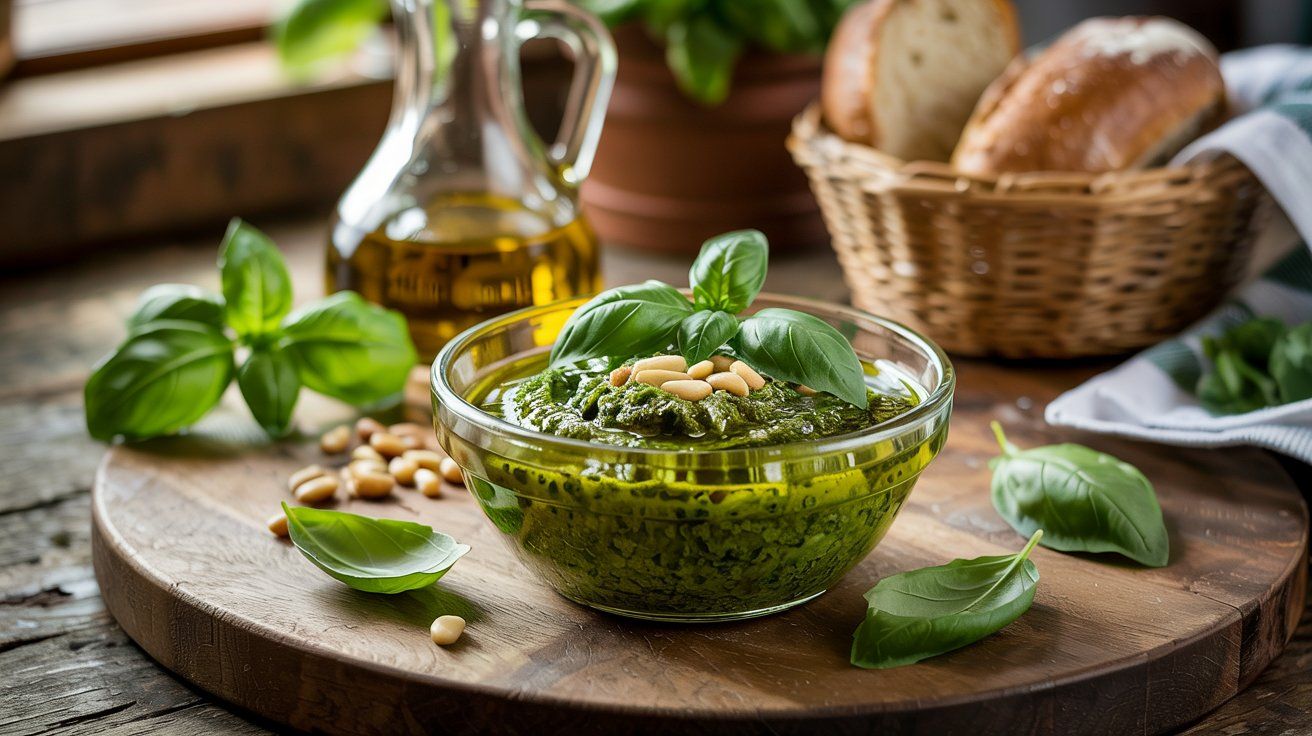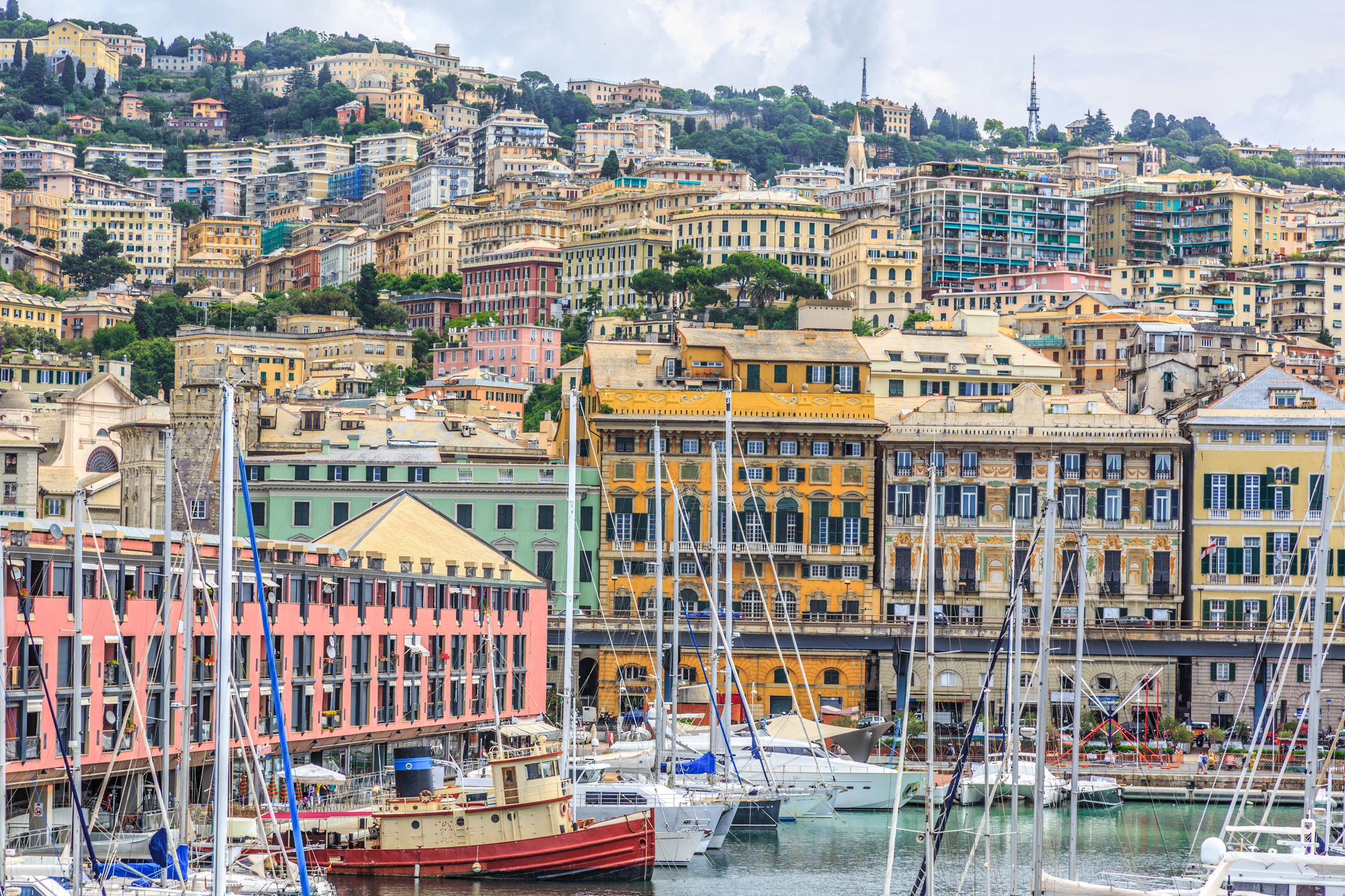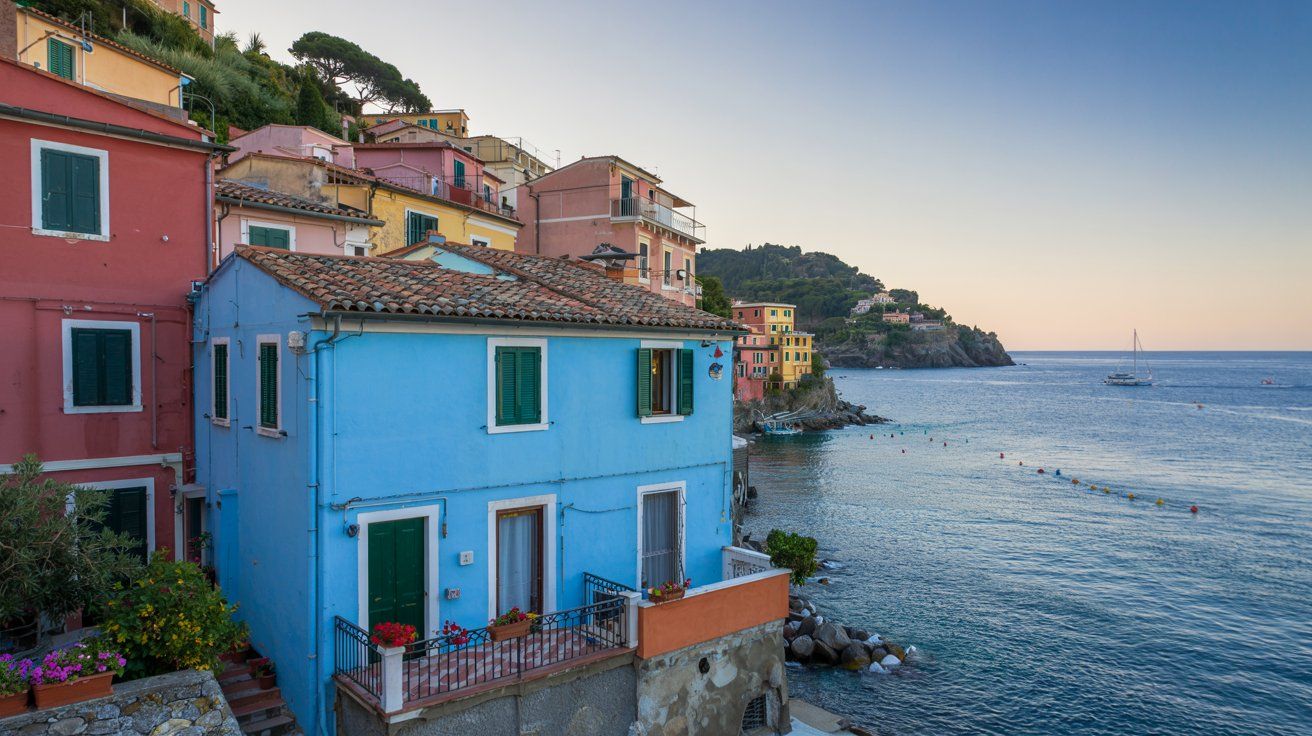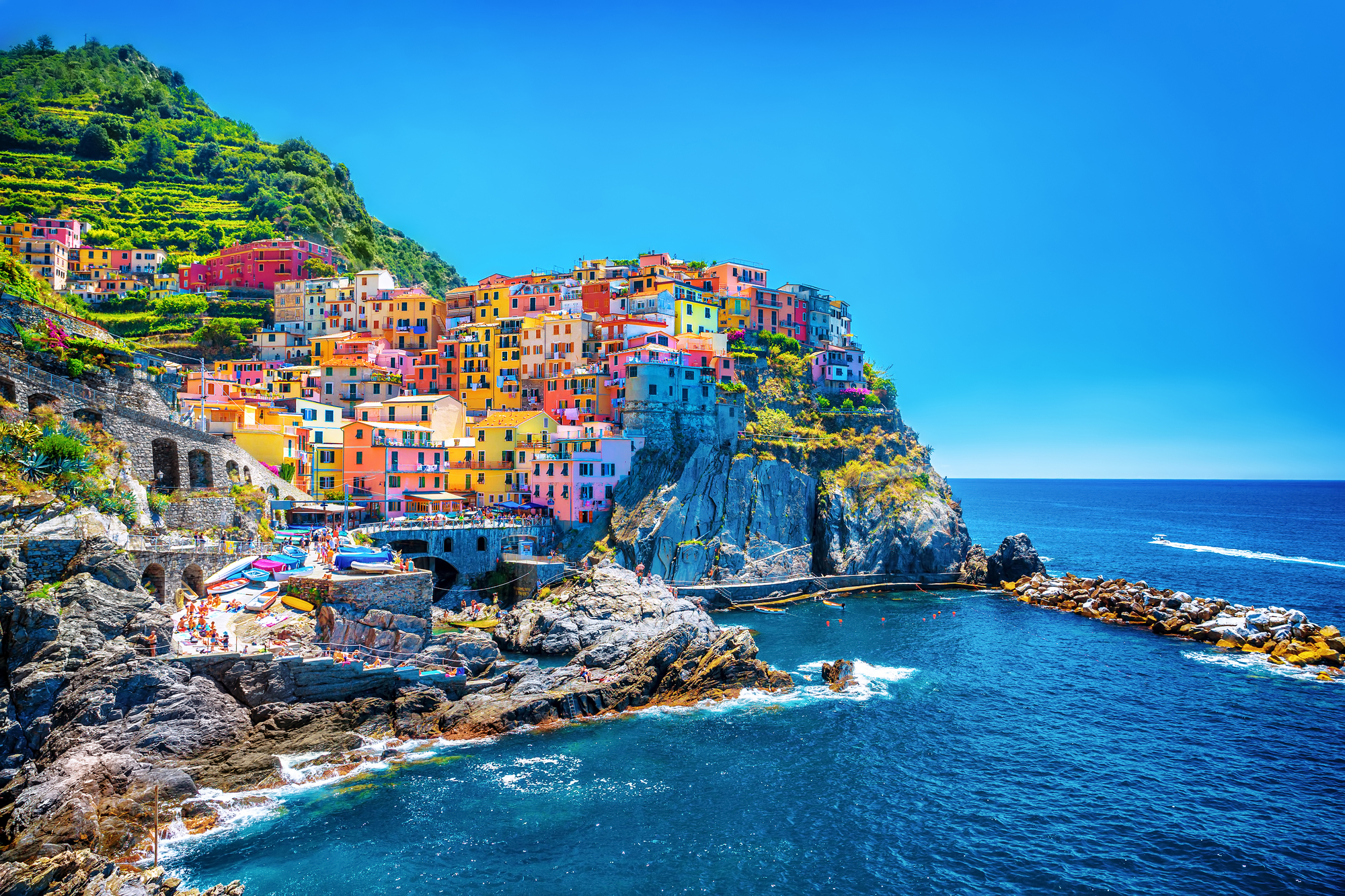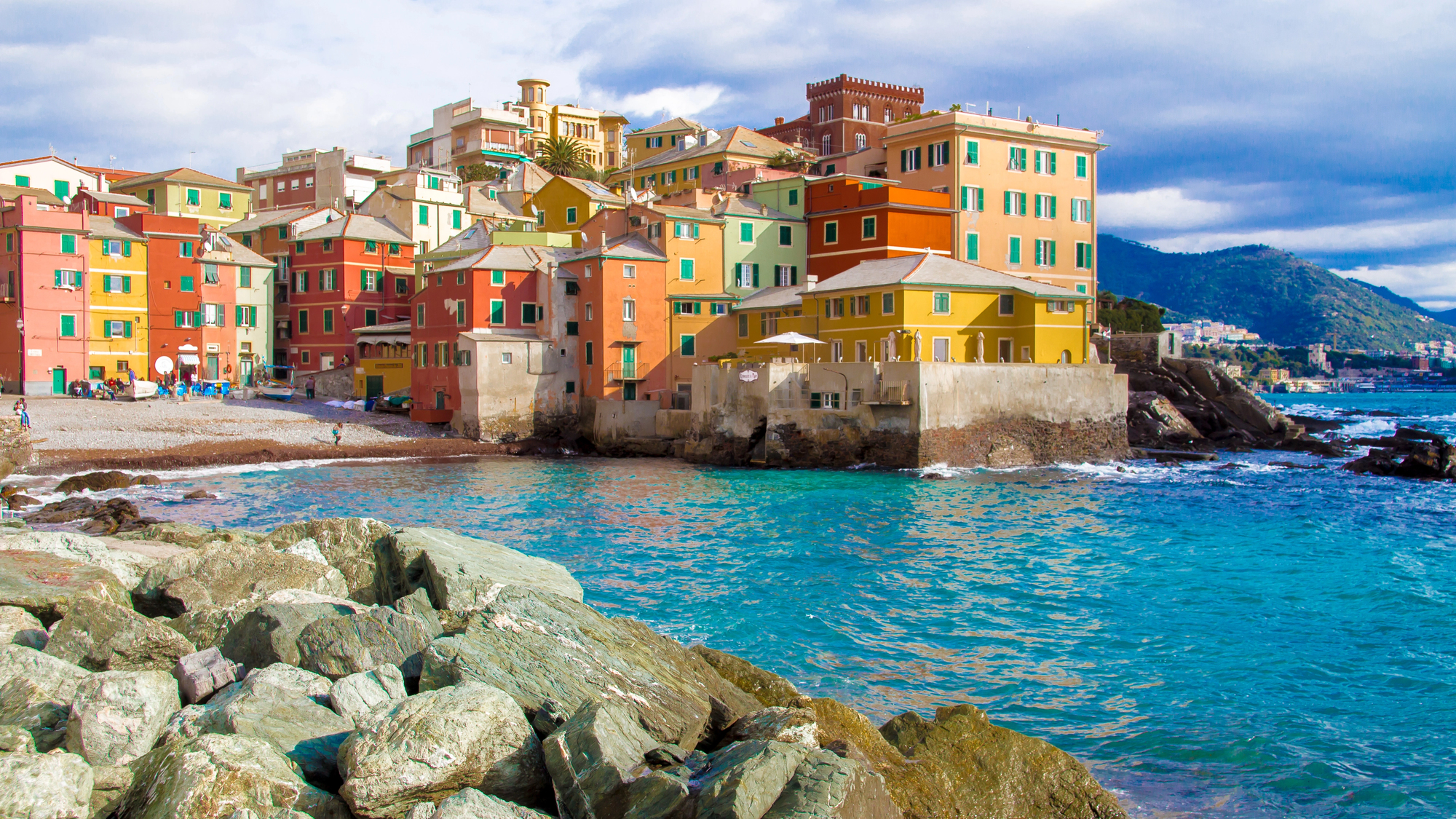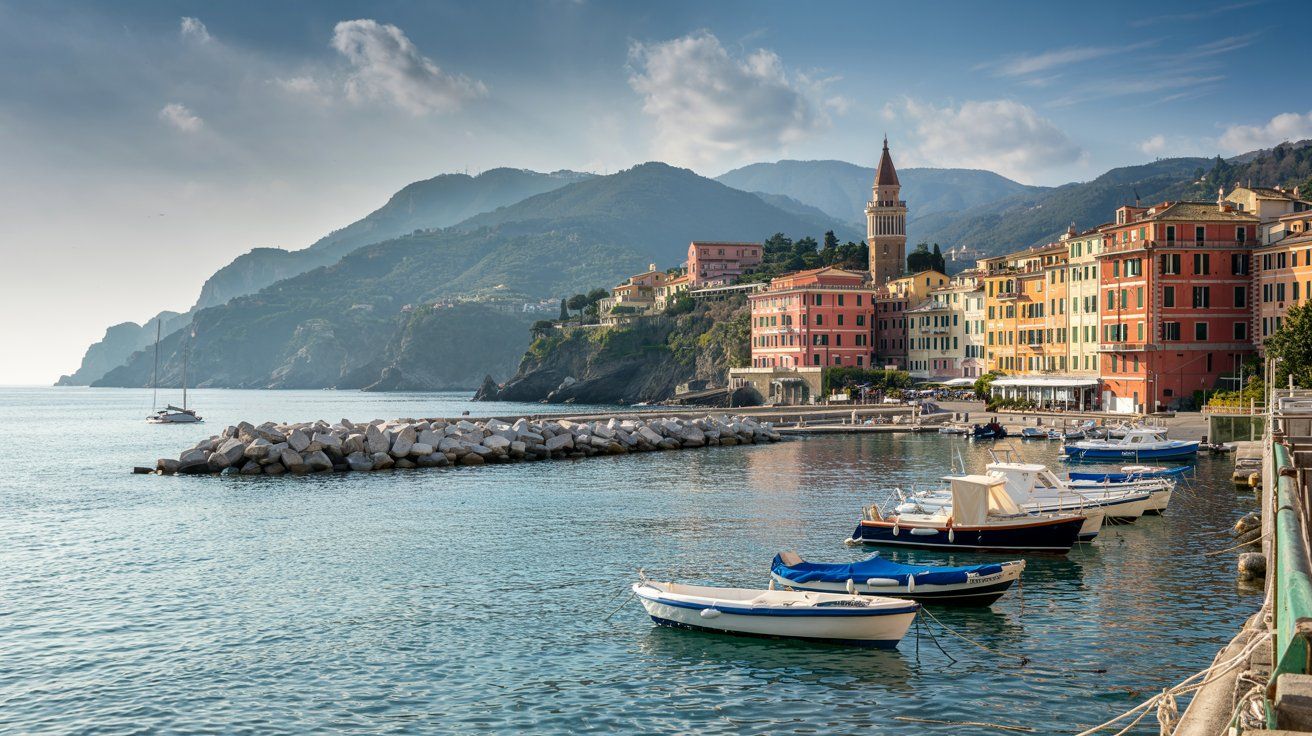The Arroscia River flows through the stunning landscapes of Western Liguria, creating one of Italy’s most picturesque valleys. This waterway joins with the Neva River to form the Centa River, which then continues for about 3.3 kilometers before reaching the sea at the historic town of Albenga. The Arroscia Valley stands out among Ligurian valleys for its unique east-west orientation, making it a distinctive geographical feature in a region where most valleys run north to south.
As you travel along the Arroscia River, you’ll discover a perfect blend of natural beauty and cultural heritage. The river has shaped both the landscape and the lives of local communities for centuries. Over time, the riverbed has undergone significant changes, experiencing narrowing and stabilization, particularly between 1930 and the early 1970s.
Get a discount of 15% to 70% on accommodation in the Italian Riviera! Look for deals here:
Italian Riviera Hotels, Apartments, B&Bs
The area offers an enchanting itinerary through charming villages that showcase the artistic treasures of both Liguria and neighboring Piedmont. You can explore the medieval town of Albenga where the river journey ends, or venture upstream to discover smaller settlements nestled in the valley’s embrace. Each bend in the river reveals new vistas and opportunities to connect with the authentic character of Western Liguria.
History of Arroscia River
The Arroscia River has been a vital waterway in Western Liguria for centuries. This important river begins its journey at Monte Frontè in the comune of Mendatica, close to the French border in the Maritime Alps region.
Throughout history, the Arroscia has shaped both the landscape and human settlements along its path. The river flows eastward, collecting water from several tributaries before eventually joining with the Neva River to form the Centa River.
Between 1930 and the early 1970s, the Arroscia riverbed underwent significant changes. You can still see evidence of the narrowing and progressive stabilization that occurred during this period. The once-common braiding phenomena gradually disappeared as the river’s course became more defined.
The Arroscia Valley has historically connected coastal Liguria with inland mountain communities. You’ll find that many settlements along its banks developed as trading posts between these two distinct regions.
The river and its valley have been important trade routes since ancient times. When you visit the area, you’ll notice how closely the history of local communities is tied to the river’s path and seasonal flow patterns.
Near the headwaters, Monte Saccarello stands as the highest peak in Liguria at 2,200 meters. This mountain has historically served as both a natural border and a significant landmark for travelers navigating the river valley between Italy and France.
What to See in Arroscia River
The Arroscia River flows through Western Liguria, creating a picturesque valley that connects the Italian Riviera to Piedmont. This lesser-known gem offers stunning natural beauty and charming villages away from the tourist crowds.
One of the highlights is the Cascate dell’Arroscia, a series of small but charming waterfalls. While not massive in size, these falls create lovely natural pools perfect for a refreshing dip during hot summer days.
The landscape surrounding the river is breathtaking, with mountains sloping down to meet the clear waters. As you follow the river’s path, you’ll notice it flows eastward from Monte Frontè in Mendatica, collecting several tributaries along its journey.
For those interested in nearby towns, Imperia is worth a visit. This coastal city combines the charm of traditional Ligurian architecture with beautiful beaches along the Riviera di Ponente.
Not far from the Arroscia Valley, you can reach Sanremo (also spelled San Remo), famous for its colorful flower market and elegant seaside promenade. The city’s microclimate allows for year-round blooms that add splashes of color to the already beautiful scenery.
The valley itself runs in a unique east-west direction, unlike most Ligurian valleys that run north-south. This geographical quirk creates distinctive views and microclimates throughout the area.
Villages along the Arroscia Valley offer glimpses into authentic Italian life, with stone houses, ancient churches, and castle ruins telling stories of the region’s rich past.
How to Get to Arroscia River
The Arroscia River flows through western Liguria in Italy, and reaching this picturesque waterway is quite straightforward with several transportation options.
From Genoa, the capital of Liguria, you can take a train along the coastal railway line toward Ventimiglia. The journey offers stunning views of the Ligurian Sea along the way.
By car, follow the A10 highway westward from Genoa toward the Province of Imperia. Exit near Albenga, which serves as a gateway to the Arroscia valley. The drive takes approximately 1.5 hours.
If you’re coming from Florence, you have multiple options including trains, buses, or driving. The most scenic route is by train to Albenga, then taking a local bus into the valley.
For travelers coming from abroad, the nearest international airports are in Genoa and Nice (France). From either airport, you can rent a car or use public transportation to reach the Arroscia River area.
The town of Albenga makes an excellent base for exploring the river. From here, a loop route takes you through the alpine environment of the Arroscia valley.
Summer is the ideal time to visit, though July and August can be extremely hot and crowded with tourists. Consider visiting in early summer or September for a more pleasant experience.
Local buses connect smaller towns in the Arroscia valley like Cosio di Arroscia, though service may be limited, so check schedules in advance.
Arroscia River Visitor Information
The Arroscia River flows through Western Liguria, originating from Monte Frontè in the commune of Mendatica near the French border. This picturesque waterway is a perfect destination for nature lovers and history enthusiasts alike.
When visiting the Arroscia Valley, you’ll find several charming towns worth exploring. Borghetto d’Arroscia offers a glimpse into authentic Italian village life, while Cosio di Arroscia provides stunning panoramic views of the surrounding landscape.
Best Time to Visit:
- Spring (April-May): Mild temperatures and blooming countryside
- Summer (June-September): Warm weather perfect for riverside activities
- Fall (October): Beautiful autumn colors with fewer tourists
During summer months, the river provides a refreshing escape from the Mediterranean heat. Many locals and visitors enjoy walking along its banks or even taking a cooling dip in designated swimming areas.
Near Pieve di Teco, you can visit the 14th-century former parish church of Madonna della Ripa, now an art venue. This historical site sits close to the course of the Arroscia river, making it an easy addition to your itinerary.
The Arroscia Valley connects the Western Ligurian Riviera with neighboring Piedmont, offering diverse landscapes as you travel. Local cuisine in the valley towns features regional specialties that vary with the seasons.
For the most enjoyable experience, comfortable walking shoes are recommended as many of the villages feature cobblestone streets and hilly terrain.
Where to Stay Near Arroscia River
The Arroscia Valley offers several charming accommodation options for travelers seeking an authentic Ligurian experience. From historic cottages to comfortable farmhouses, you’ll find places that showcase the region’s natural beauty.
In the small village of Ubaga on a green hill overlooking the Arroscia Valley, you can stay in a 14th-century house that offers comfortable rooms for guests. This historic setting provides a peaceful retreat after exploring the river area.
Agriturismo options are popular in this region. These farmhouses near the Ligurian sea serve as ideal starting points for hiking and biking tours along the Arroscia River and surrounding areas.
Cosio di Arroscia presents additional lodging choices, including Villa Margherita and Albergo La Campagnola. These establishments offer proximity to the natural wonders of the valley while providing necessary amenities.
For those seeking a more secluded stay, consider Aquila di Arroscia where you can rent a detached rustico with stunning views of unspoiled nature and olive groves. These accommodations typically sleep 3-4 people and provide an immersive experience in the landscape.
When booking your stay, look for properties that offer:
- Access to hiking trails
- Views of the Arroscia Valley
- Authentic local architecture
- Proximity to small villages for exploring
Most accommodations in this area emphasize connection with nature rather than luxury, perfect for travelers wanting to experience the true character of Western Liguria.
Things to Do Near Arroscia River
The Arroscia River valley offers an enchanting mix of natural beauty, historic villages, and culinary delights. This lesser-known area of Western Liguria provides authentic Italian experiences away from crowded tourist spots.
Explore Medieval Villages
- Borghetto d’Arroscia – charming hillside town with narrow streets
- Pieve di Teco – featuring the 14th-century Madonna della Ripa church
- Albenga – ancient town with well-preserved medieval center
Visit the Madonna della Ripa in Pieve di Teco, now functioning as an Art Center. The building sits near the Arroscia riverbed and showcases impressive medieval architecture.
- Hiking along river trails
- Mountain biking through valley paths
- Photography of scenic landscapes
- Swimming in natural river pools (summer only)
Culinary Experiences
Taste the region’s exceptional olive oil at local farms offering tours and tastings. Western Ligurian olive oil is known for its delicate flavor and golden color.
The valley’s climate creates perfect conditions for vineyards producing distinctive wines. Try Pigato and Vermentino, two white varieties unique to this region. Many family-owned wineries welcome visitors for tastings.
Local restaurants serve traditional Ligurian cuisine featuring fresh ingredients from the valley. Don’t miss pesto pasta, focaccia, and seafood dishes that showcase regional flavors.
The Arroscia Valley connects Liguria and Piedmont, making it an ideal base for exploring both regions. You can easily make day trips to the coast or inland mountain villages.
Get a discount of 15% to 70% on accommodation in the Italian Riviera! Look for deals here:
Italian Riviera Hotels, Apartments, B&Bs


